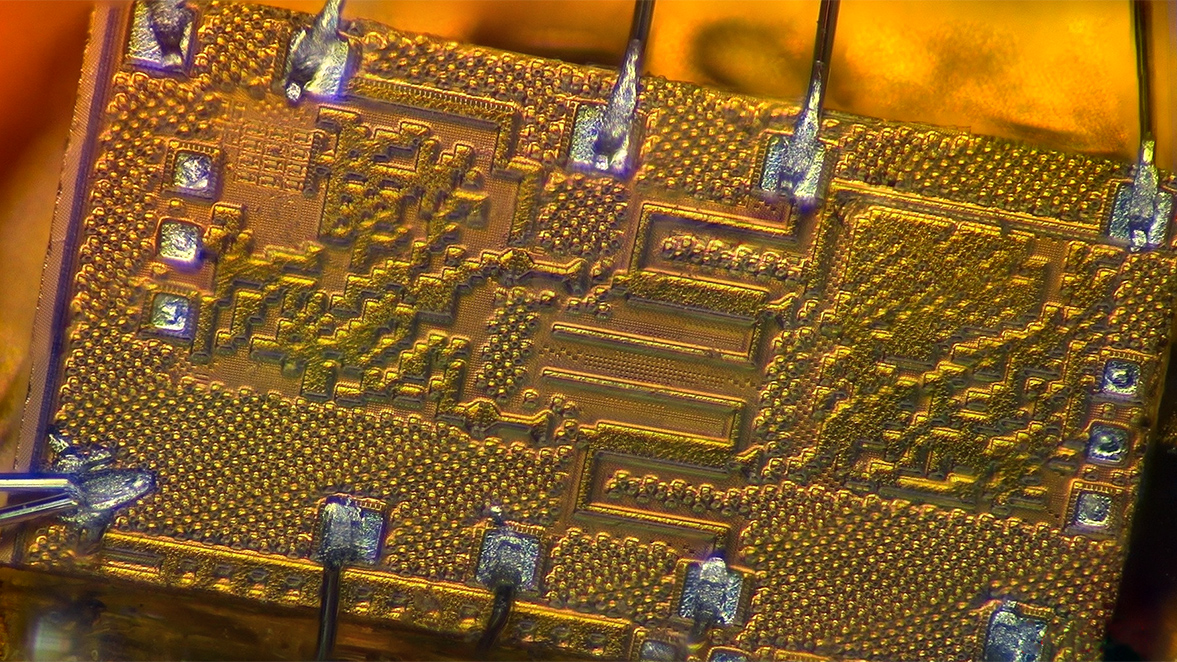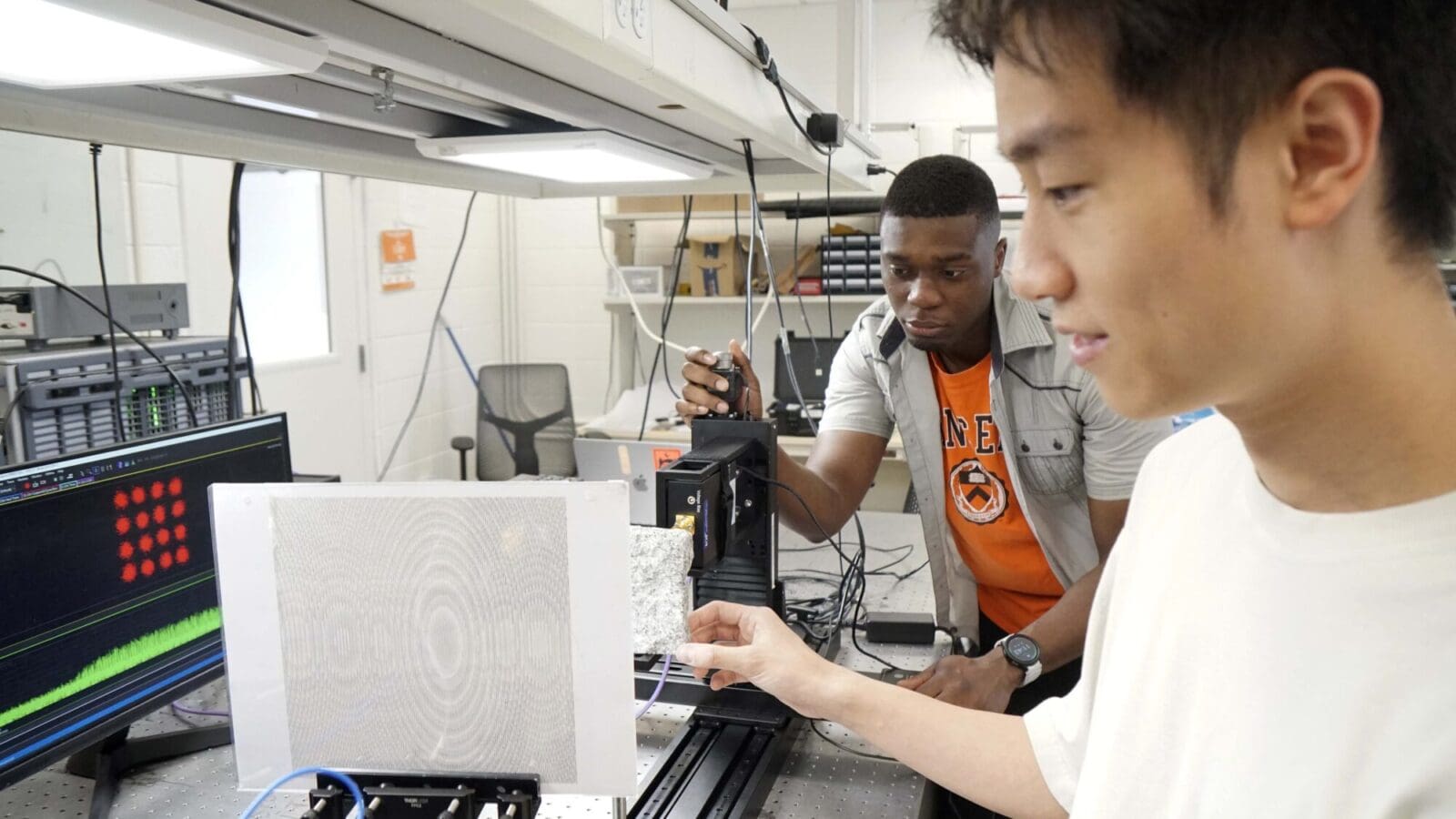
Pramod Viswanath joins the faculty, bringing expertise in wireless and blockchain technologies
By
on
Pramod Viswanath, an information scientist and leader in wireless communication and blockchain technology, joined the Princeton faculty this academic year as the Forrest G. Hamrick Professor in Engineering and a professor of electrical and computer engineering.
Viswanath joined Princeton from the University of Illinois Urbana-Champaign (UIUC), where he was on the faculty since 2001 in the Department of Electrical and Computer Engineering.
A self-described plumber working on the pipes of the information age, Viswanath has made notable contributions to wireless communications. After finishing his Ph.D. in 2000, he was a founding engineer at Flarion Technologies, where he helped develop frameworks that became the basis for 4G LTE wireless networks. These networks sped up mobile internet access by a factor of 10. Flarion was later acquired by Qualcomm.
Viswanath’s current research focuses on blockchains, which he describes as “trust platforms that allow humans to scale activities flexibly in a decentralized way — technological ways of providing trust,” with applications including cryptocurrencies, contracts and communications. Blockchains are digital ledgers of transactions (chains of digital blocks) that are designed to be broadly accessible yet secure against tampering.
A member of the new Princeton Center for the Decentralization of Power Through Blockchain Technology, or DeCenter, Viswanath is exploring both technical and economic aspects of blockchains, designing the basic elements of digital transaction ledgers to make them flexible and cost-efficient enough for large-scale use. He is keen to see blockchain technology enable more open, decentralized uses of the internet.
“Today, blockchain is mainly about cryptocurrency, but at its core it’s about building a plumbing fabric that allows, in its best day, open, decentralized participation mechanisms for humans to scale their activities and to trust each other,” he said.
Last fall, Viswanath taught a “Principles of Blockchains” course for upper-level undergraduates and graduate students. In the course, students write code for a Bitcoin client — a piece of end-user software needed to use the popular blockchain-based cryptocurrency, analogous to a web browser for using the internet.
The few thousand lines of code represent a wide range of specializations within computer science, said Viswanath. “It has operating systems, data structure, memory management, cryptography, protocols, algorithms, security, compilers … it’s kind of incredible,” he said.
Viswanath is enthusiastic about translating research to practical applications. “We are living in an age when the gap between ideas and their actual fruition has narrowed,” he said.
In 2021, he cofounded Kaleidoscope Blockchain, which provides cryptographic proof techniques that allow individuals and businesses to set up 5G wireless base stations that can be stitched together into a decentralized wireless network.
“The vision is to have a people’s network,” said Viswanath. Kaleidoscope builds tools for “proofs of bandwidth,” which demonstrate to others that a user is providing a certain level of wireless service; in turn, providers are rewarded for their participation in the network.
Viswanath and his colleagues are also working to apply blockchains as forensic tools to detect breaches in computer networks — building cryptographic traces into software to allow for post-hoc identification of malicious actors.
“The internet is too open and opaque to reliably identify malicious actors, but this is so beautifully possible in blockchains,” he said.
Viswanath received a Ph.D. degree in electrical engineering and computer science from the University of California-Berkeley. He has received a CAREER award from the National Science Foundation, a Xerox Faculty Research Award from UIUC’s Grainger College of Engineering, and a best paper award from ACM SIGMETRICS. He is a coauthor, with David Tse, of the textbook “Fundamentals of Wireless Communication,” which has been used in over 60 institutions around the world.







